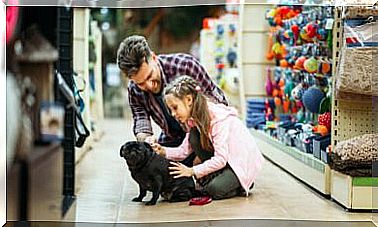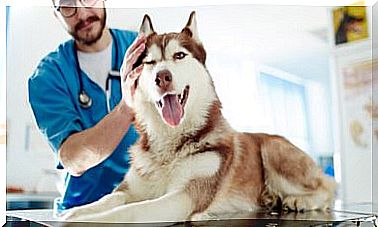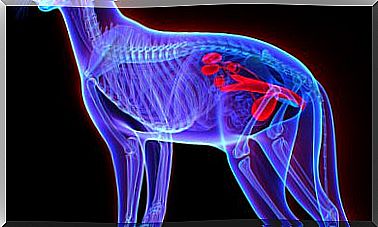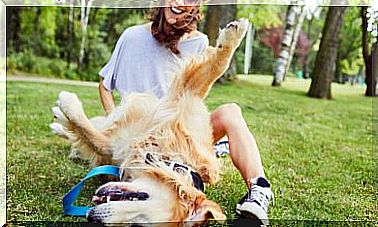Periodontitis In Dogs
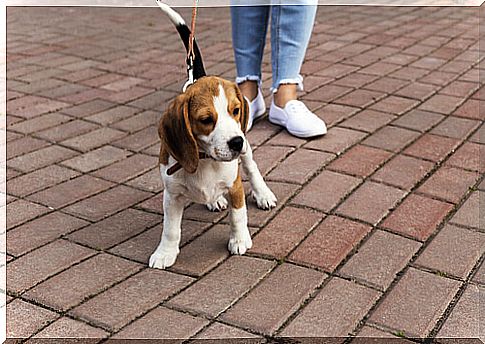
It is one of the most common diseases in pets from the age of 2, and affects small breeds to a greater extent. Periodontitis is caused by the appearance of bacterial plaque that accumulates on the gums and is treatable in its early stages. If it progresses and the necessary care is not taken, it can have serious consequences.
How is periodontitis in dogs
This disease affects the oral cavity of dogs. Although it is more common than we think, we must avoid its evolution and consequences. Failure to pay attention to treatment can lead to tooth loss. Also infections in organs, such as the heart or lungs.

What are your causes
The main cause of periodontitis in dogs is the appearance of dental plaque in the animal’s mouth.
It is produced by the accumulation of bacteria that, in combination with saliva, form a yellowish coating. This layer adheres strongly to the base of the teeth. This causes redness and inflammation of the gums (gingivitis).
In addition to this, it is common for it to generate bad breath (halitosis), a key element when it comes to perceiving that our dog is in trouble.
What happens when the disease manifests itself?
In principle, although the tooth appears healthy, the formation of bacterial plaque destroys the tissues that hold the tooth and causes it to loosen. In addition, pockets form between the tooth and the gum. They then push the latter until parts of the root are uncovered, which is painful for the animal.
Failure to remove this plaque, which is initially fixed by cleaning, can cause worse damage.
Consequences of periodontitis
If we are alert and recognize the problem in its early stages (bad breath, inflammation), the disease can be reversed. And it is important to control that it does not reappear.
However, somewhat more advanced periodontitis, such as severe inflammation of the gums, can cause more complex damage. This is the case of loss of tissue, loss of bone and the supporting structure around the teeth. It can also lead to the jaw becoming weak and fractured.
This process, while controllable, cannot be completely reversed.
If the corresponding treatment is not carried out, it can lead to an infection in the lungs, liver and / or heart.
Recognize symptoms to treat in time
As we have seen, bad breath is the first sign that can alert us. On many occasions we consider this halitosis as something normal. Along with this symptom, inflammation of the gums is also an alarm to take into account.
As the problem progresses, the swelling worsens and redness appears in the area. This can cause pain when eating and discomfort or difficulty chewing.
As plaque progresses and adheres in the cavity between the gum and the tooth, the problem worsens. And we will notice that these are loose, often falling.
Diagnosis and care
Depending on the case and the degree of advancement of periodontitis, radiographic plates are sometimes performed. It involves looking at the hidden space under the gums.
If our pet has this disease in its early stages, treatment focuses on plaque control and prevention. It is important to brush daily with special toothpaste for animals.
If the disease is more advanced, it will be necessary to perform a general cleaning to remove tartar and dental plaque. And accompany this with the application of antibiotic gels.
In the most severe cases, it is often necessary to perform an ultrasonic cleaning procedure. Sometimes surgical intervention is even necessary to remove infected pieces.
How to prevent its appearance
First of all, through healthy eating. The ideal is to give our dog dry food and avoid very soft foods. We will also eliminate sweets and other unhealthy products from your diet.

You have to create a habit based on cleaning your mouth. This includes brushing and using products that delay the appearance of plaque or tartar.
Let us remember that there are, by way of prizes, the bars whose function is to drag the tartar and that are undoubtedly a good option.
And, of course , if you have any doubts or alarm signals, you have to go to a trusted veterinarian for a check-up.



